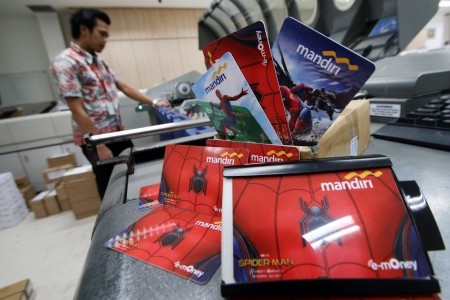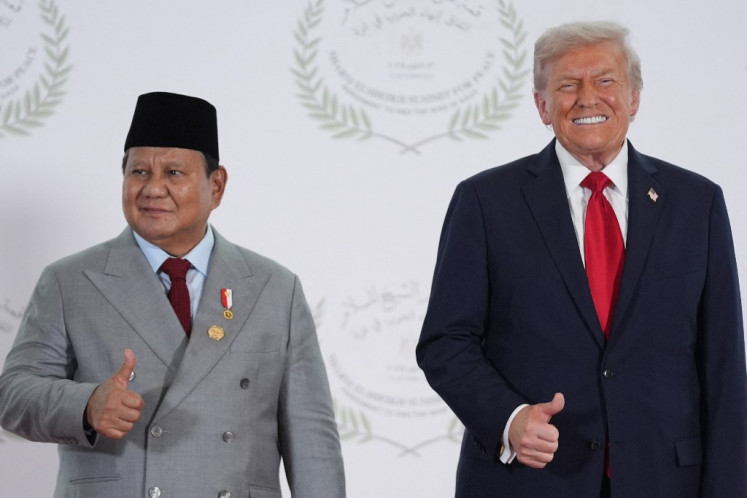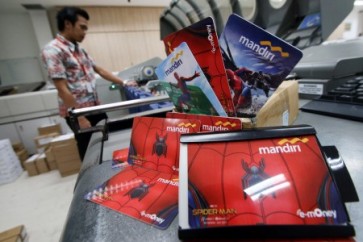Popular Reads
Top Results
Can't find what you're looking for?
View all search resultsPopular Reads
Top Results
Can't find what you're looking for?
View all search resultsEncouraging digital payments to support economic recovery
Change text size
Gift Premium Articles
to Anyone
D
igital payment is becoming more and more prevalent in Indonesia. This shift began when banks began adopting digital channels, such as phone, SMS and/or mobile banking around three decades ago. These are more "conventional” digital payments.
Technological disruption in the financial sector, pioneered by various technology companies in the last 10 years, has given birth to new types of digital payments, which later encouraged the adoption of digital transactions. Tech companies now provide new digital financial services such as e-wallets or e-money, which were initially integrated with e-commerce platforms. When the COVID-19 pandemic struck in early 2020, restricting people's mobility, the trend was accelerated.
Data from Bank Indonesia suggest that new forms of digital payments — e.g. e-money — are growing. Since the early stage of the pandemic, the transaction value using e-money — especially server-based e-money — has continued to grow positively.
In fact, in early 2020, the annual growth of e-money transactions continued to record positive growth on a monthly basis. By May 2021, it had recorded a 57.4 percent increase year-on-year (yoy). This contrasts with more conventional digital payments such as debit and credit cards.
Transactions using conventional digital payments tend to follow the pattern of mobility, as card-based transactions still require a physical presence. This can be observed when the mobility is relatively restricted. From March 2020 to February 2021, the spending value of card-based payments — i.e. either debit or credit cards — had contracted yoy.
Card-based transactions returned to positive territory recently. As of May 2021, debit card spending grew 81.1 percent annually while credit cards grew 31.6 percent. This positive growth was mainly driven by increased spending during the Ramadan fasting month and Idul Fitri holidays as well as increased mobility.
The increasing use of e-money can also be observed from its contribution to total digital transactions, which we define as a combination of payment using e-money, debit cards and credit cards. As of May 2021, the contribution had reached 32 percent, about triple that in early 2019, which was only around 10 percent.


















